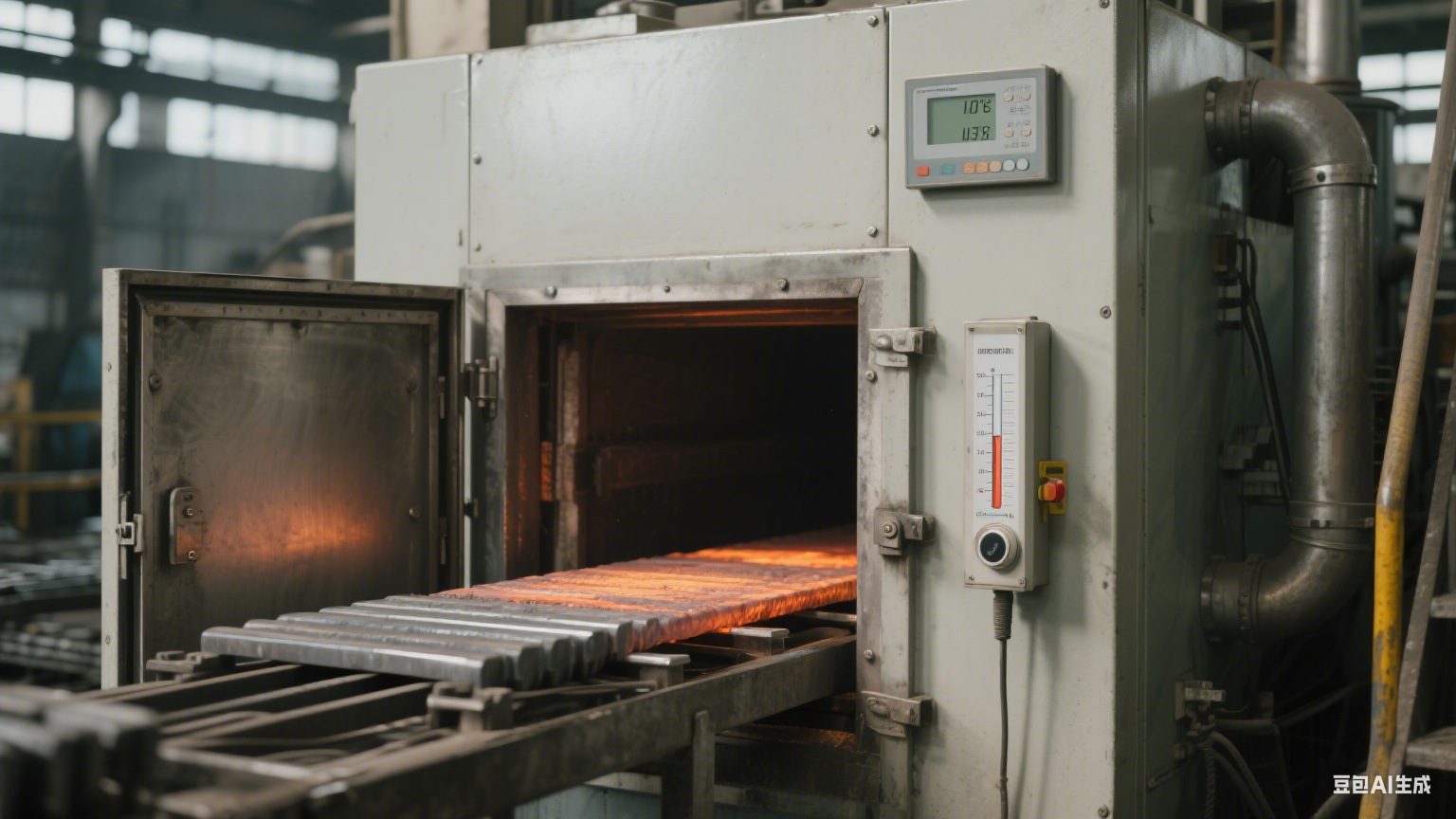Why Heat Treatment For Metal Materials
Jul 03,2025

Heat treatment is a process in which metal materials are placed in a specific environment and heated to a predetermined temperature, held for a period of time, and then cooled with different cooling media and speeds. This process of heating and then cooling can change the surface and internal structure of the metal material, thus making its properties more in line with the requirements of use.
The heat treatment process achieves its purpose by changing the organizational structure of the metal and does not alter the chemical composition of the metal. As a result, the process enhances and perfects the properties of the metal while retaining its original advantages.
Structurally regulating metal materials at high temperatures, heat treatment significantly increases the strength and hardness of the material. This enables the treated metal to effectively resist external pressures in a variety of environments such as high temperatures, high pressures, and corrosion, which in turn makes components made from metal materials more durable and even extends their service life.
Metallic materials are often subjected to a variety of processes before they can be used, such as plastic forming, alloying (mixing different pure metals), or coating the base metal with other metal layers. These processes can often be accomplished with the help of heat treatment. This is one of the reasons why heat treatment is so widely used in the processing of metal materials and why it is a major advantage.
There are three main heat treatment methods commonly used for metal materials: surface heat treatment, integral heat treatment and chemical heat treatment. Each method produces different effects on the surface and internal structure of metal materials. Therefore, technicians need to select the appropriate heat treatment method according to the type of metal material and the required performance index to optimize the comprehensive performance of the material.
PREVIOUS:







